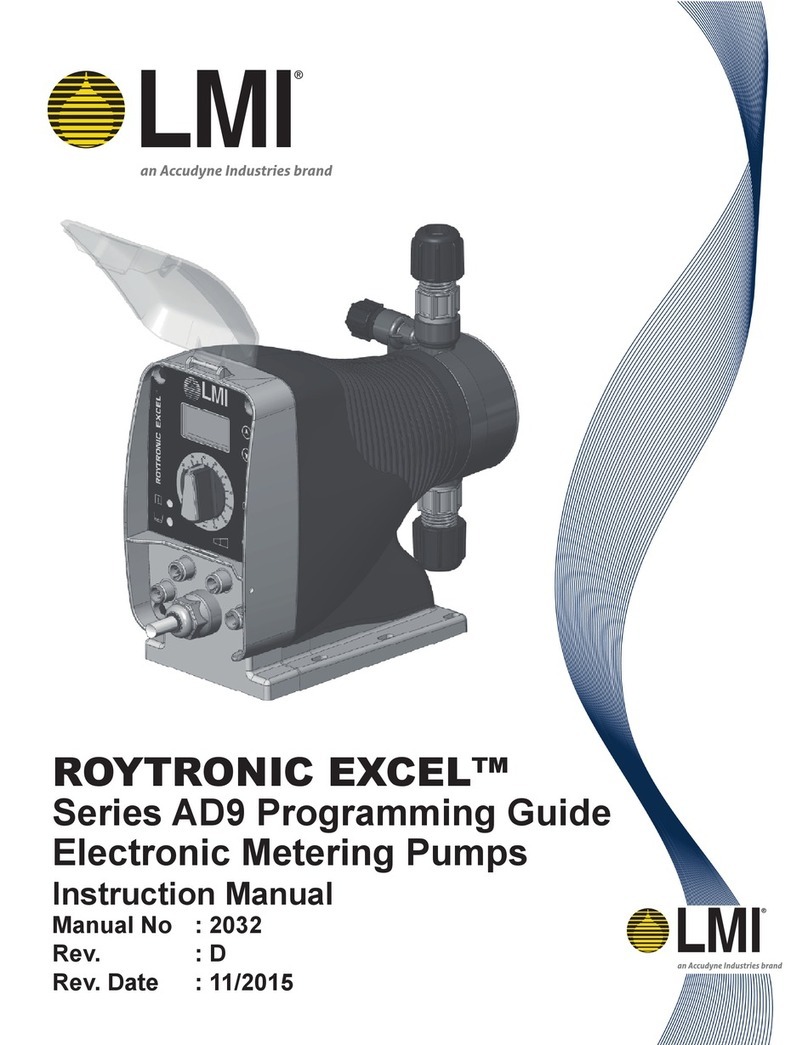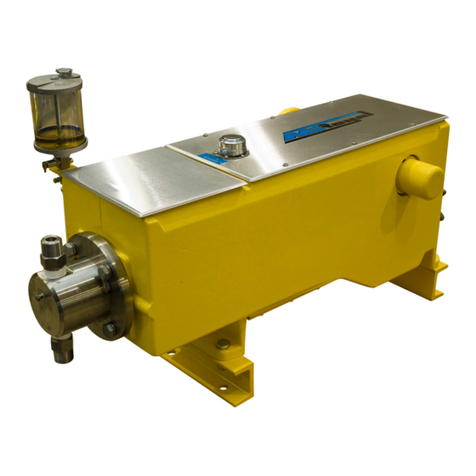
vi Installation, Operations & Maintenance Manual
SECTION 4 – MAINTENANCE .............................................................. 18
4.1 SPARE PARTS ................................................................. 18
4.2 RETURNING UNITS TO THE FACTORY ............................................. 18
4.3 MAINTENANCE ................................................................ 18
4.4 PRINTED CIRCUIT BOARD (PCB) REPLACEMENT.................................... 19
4.4.1 Removal of PCB ............................................................... 19
4.4.2 Installation of PCB ............................................................. 19
4.5 FEEDBACK POTENTIOMETER REPLACEMENT ...................................... 19
4.5.1 Removal of Feedback Potentiometer ............................................... 19
4.5.2 Installation of Feedback Potentiometer.............................................. 20
4.6 NYLON WORM GEAR REPLACEMENT.............................................. 20
4.6.1 Removal of Nylon Worm Gear .................................................... 20
4.6.2 Installation of Nylon Worm Gear................................................... 20
4.7 MOTOR REPLACEMENT ......................................................... 20
4.7.1 Removal of Motor .............................................................. 20
4.7.2 Installation of Motor ............................................................. 21
4.8 ECC CALIBRATION.............................................................. 22
4.8.1 Calibration Routines ............................................................ 22
4.8.1.1 Calibration A................................................................. 22
4.8.1.2 Calibration B................................................................. 24
4.8.1.3 Calibration C ................................................................ 25
SECTION 5 - TROUBLESHOOTING .......................................................... 28
SECTION 6 - PARTS LIST .................................................................. 29
6.1 GENERAL ..................................................................... 29
6.2 ILLUSTRATED PARTS LIST ....................................................... 29
6.3 ELECTRONIC CAPACITY CONTROL PARTS LIST ..................................... 33
6.4 PARTS LIST FOR mROY®ECC MOUNTING ADAPTER (mROY®“A” ) ....................... 37
6.5 PARTS LIST FOR mROY®ECC MOUNTING ADAPTER (mROY®“B”) ....................... 39
6.6 PARTS LIST FOR MACROY®ECC MOUNTING ADAPTER (MACROY®“G”, “D” AND
MILROYAL®G).................................................................. 42
6.7 PARTS LIST FOR MAXROY®ECC MOUNTING ADAPTER (MAXROY®“B”) .................. 45
6.8 PARTS LIST FOR MILROYAL®ECC MOUNTING ADAPTER AND MOUNTING ADAPTER
GUARD ASSEMBLY (MILROYAL®“B”) ............................................... 48
6.9 PARTS LIST FOR MILROYAL®ECC MOUNTING ADAPTER AND GEAR DRIVE
(MILROYAL®“C”) ................................................................ 50
6.10 PARTS LIST FOR MILROYAL®ECC MOUNTING (MILROYAL®D) ......................... 52
APPENDIX A MAXROY®B PUMP ECC INSTALLATION (RETROFIT) .......................... 53
APPENDIX B MILROYAL®B PUMP FIELD INSTALLATION (RETROFIT) ....................... 54
APPENDIX C MILROYAL®C PUMP FIELD INSTALLATION (RETROFIT) ....................... 56






























